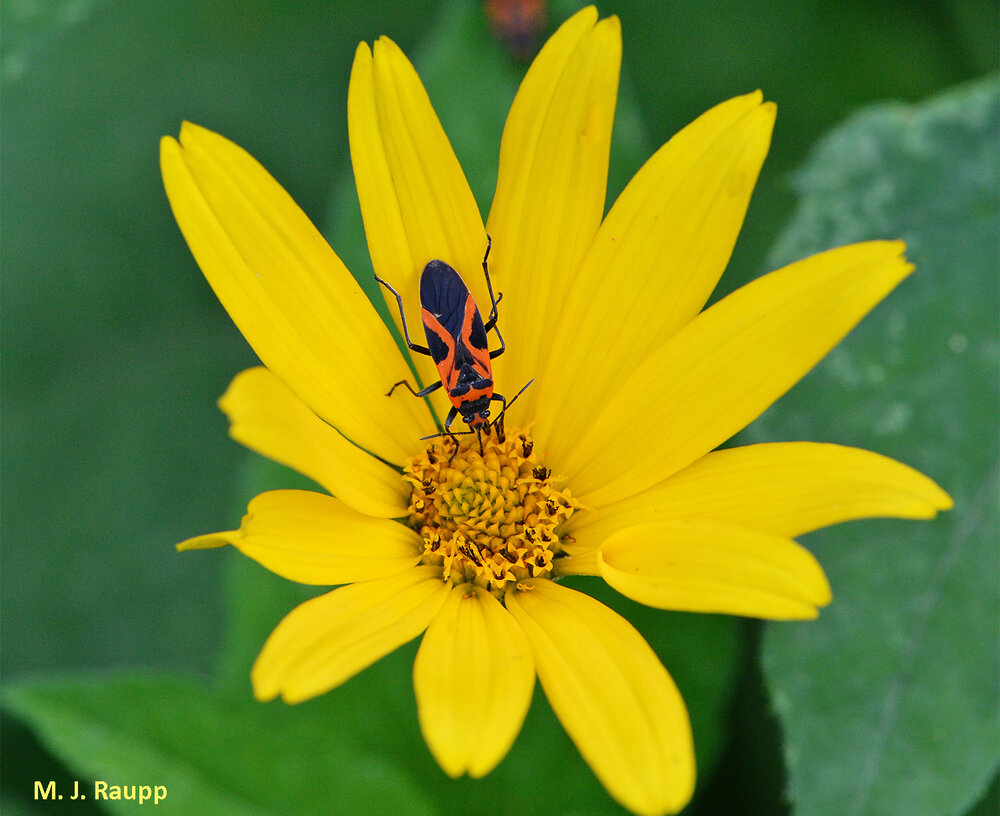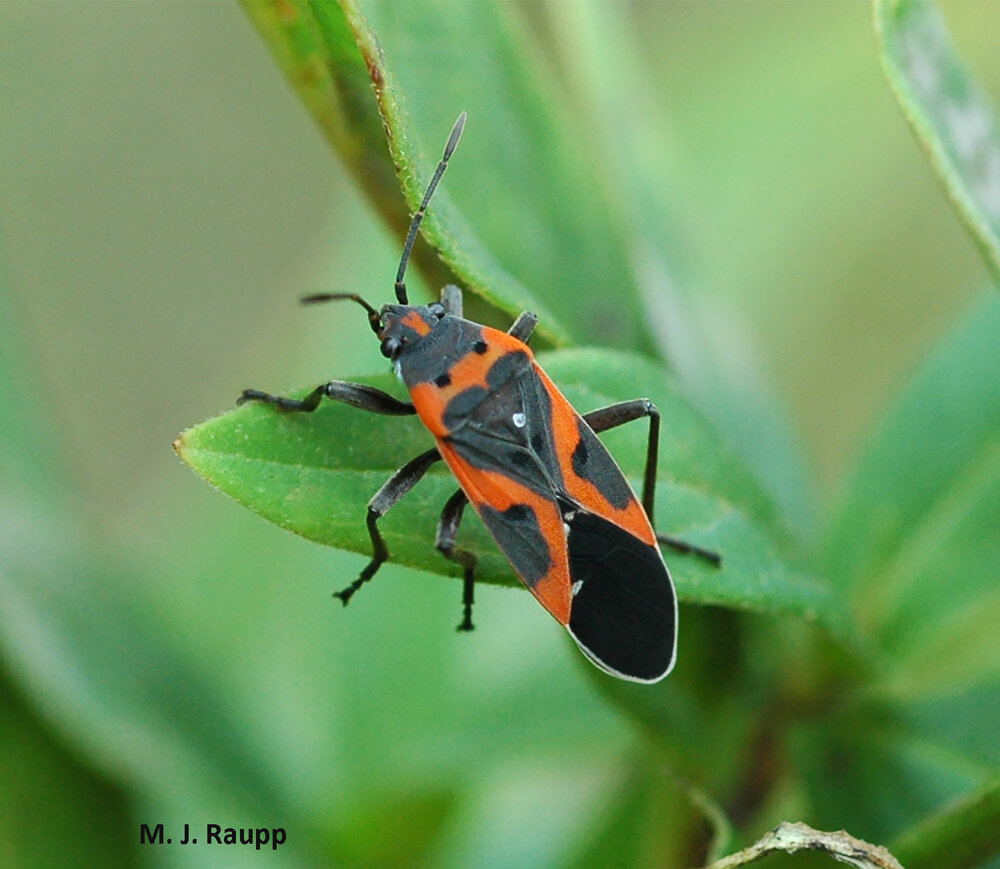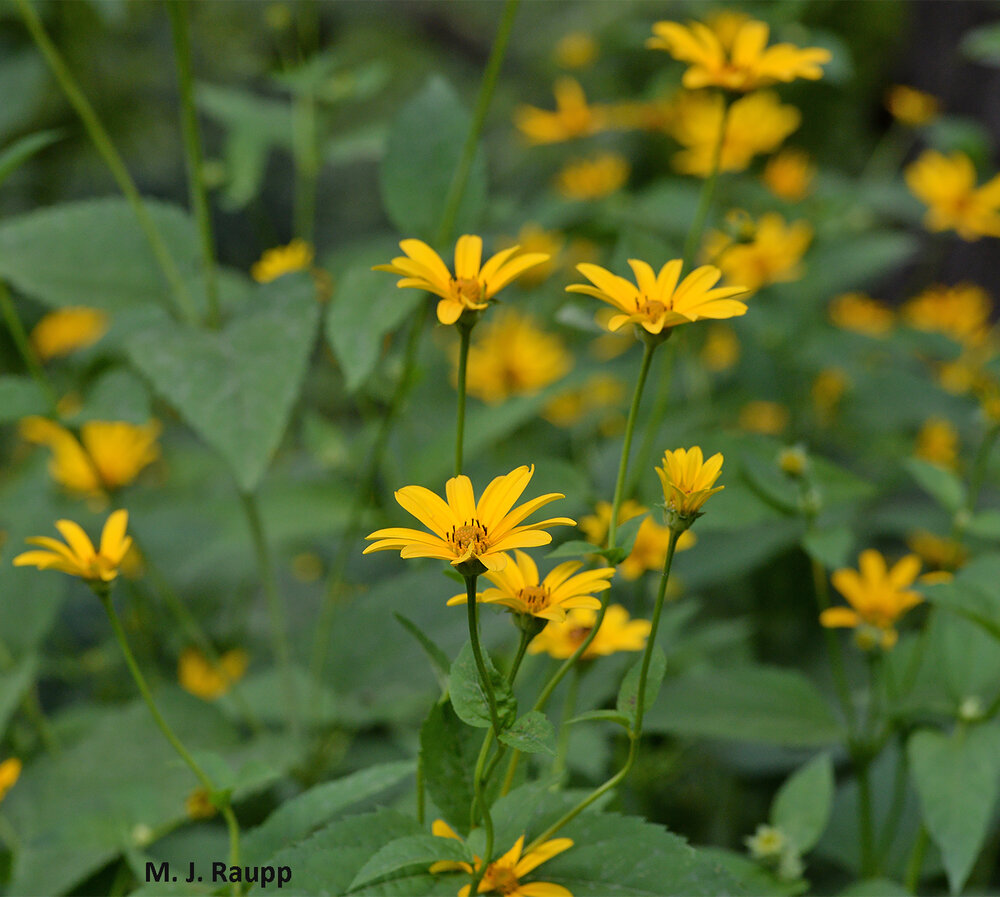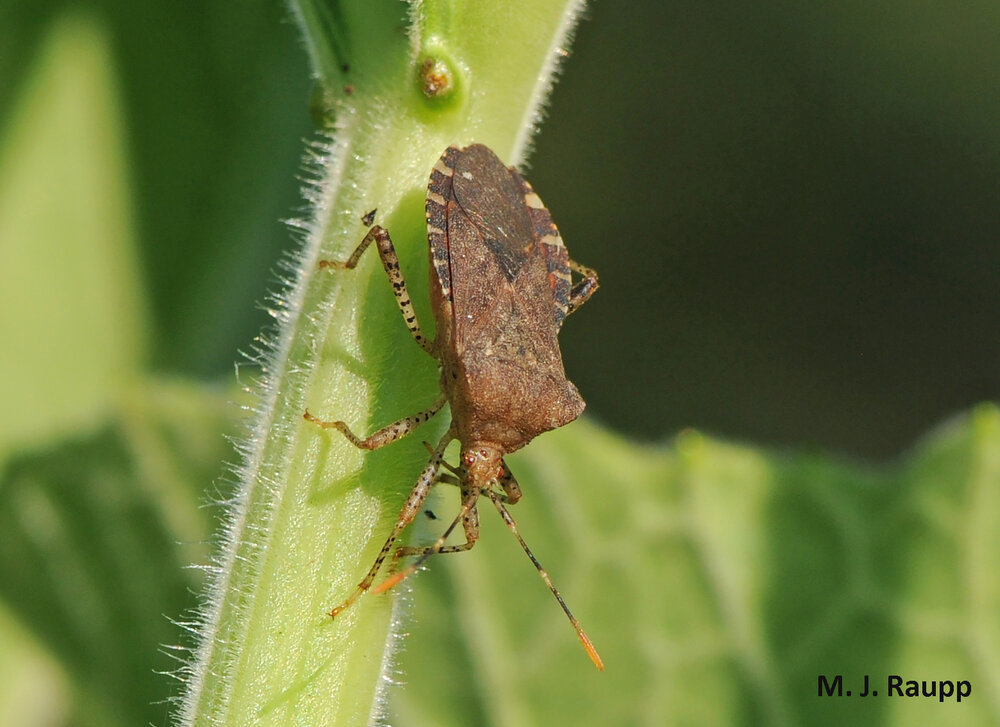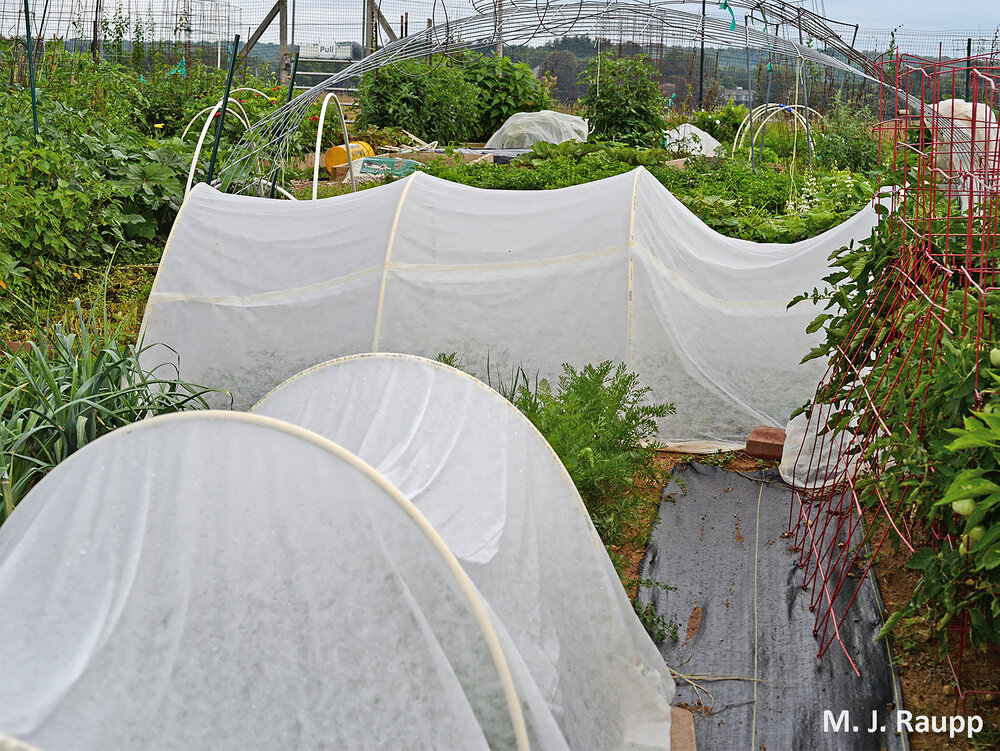Greet the class of 2038 as periodical cicadas hatch in the DMV: Magicicada spp.
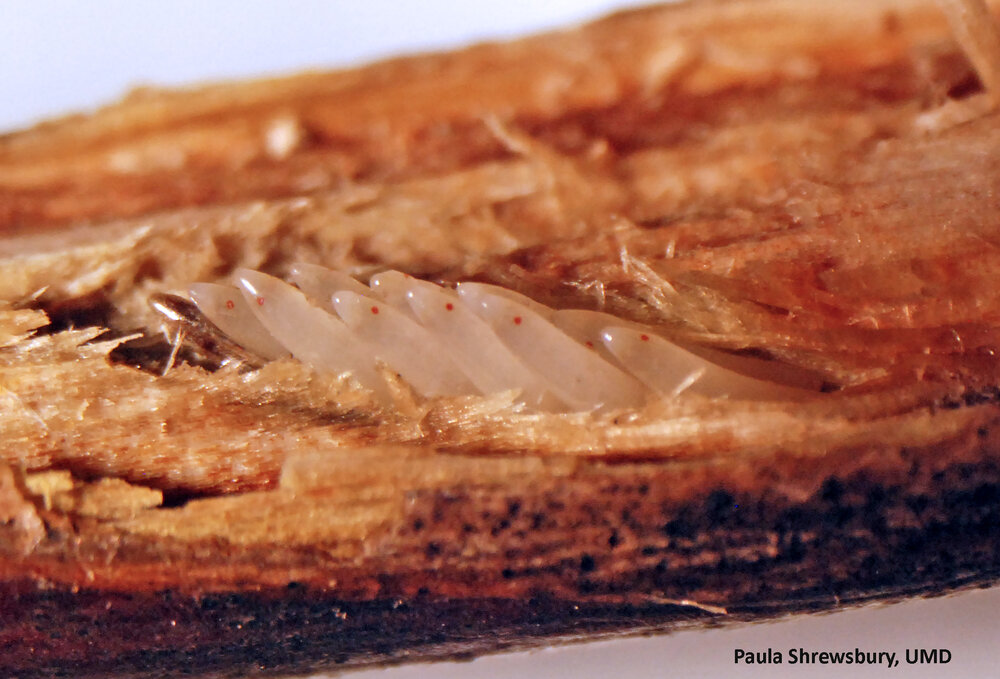
When the eyes of cicada embryos turn brilliant red and are easily seen through the egg shell, egg-hatch is imminent. Photo credit: Paula Shrewsbury
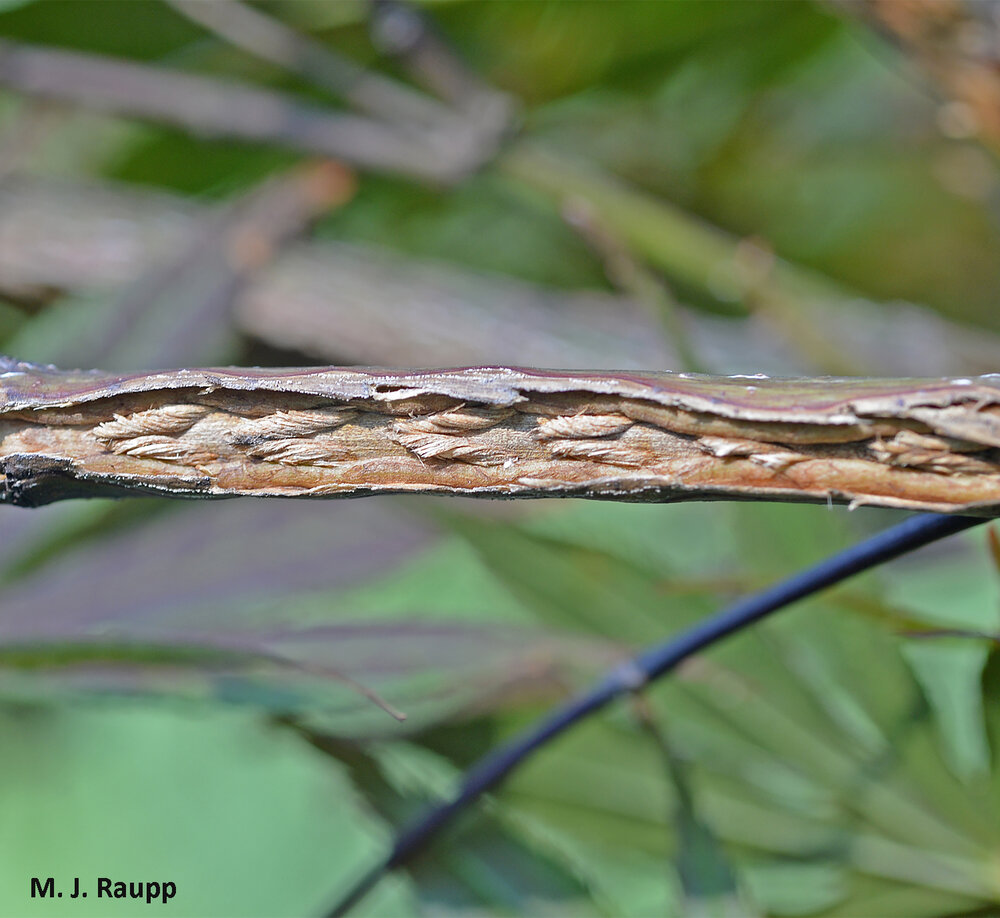
Several weeks ago, on June 21, Bug of the Week said farewell to Brood X periodical cicadas in the DMV. However, this week there is one more tale to tell about these iconic invertebrates. As interest in Brood X developed this spring, one of the most frequently asked questions was “how many cicadas will there be?” Although it was and is impossible to answer this question precisely, estimates of billions were often bantered about and those prone to hyperbole guesstimated numbers in the trillions. If that sounds like a lot of cicadas, ruminate on this for a moment. Recall that female cicadas lay eggs in the treetops and upon hatching, cicada nymphs tumble to earth and enter the soil to feed on tree roots. It is widely reported that each female cicada has the potential to lay from 400 to 600 eggs during the course of her lifetime. Suppose that only 10 billion female cicadas lived to reproduce fully and each laid a modest 400 eggs. This would translate into a several trillion cicada nymphs falling from trees in the eastern half of the United States courtesy of Brood X. Yikes!
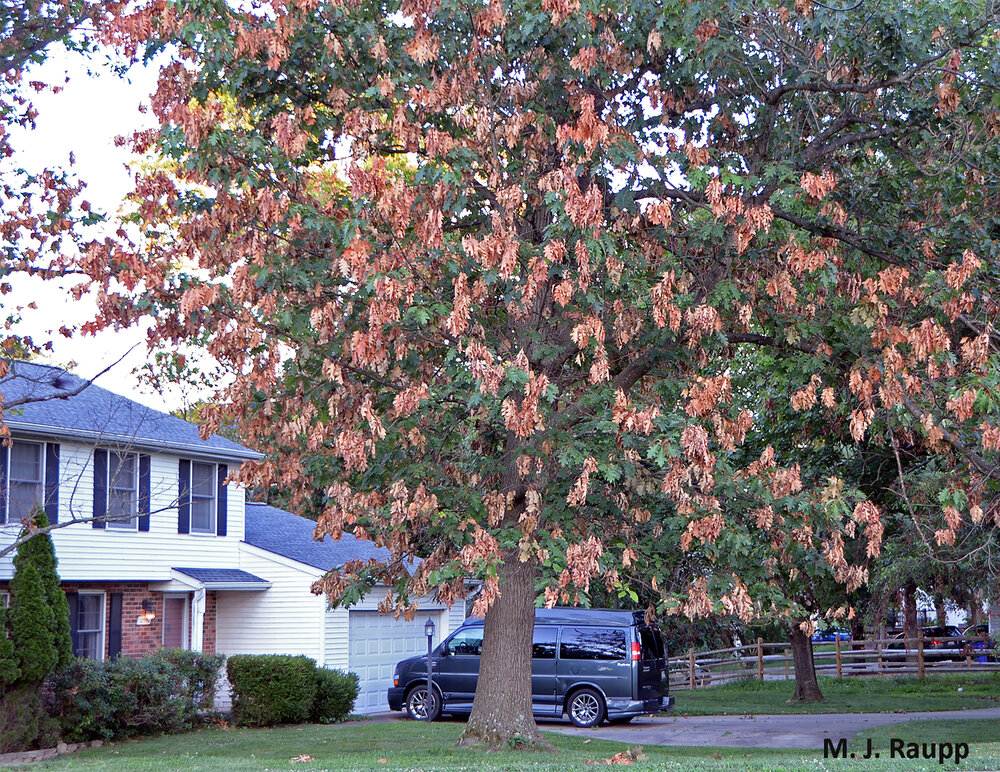
If you stand beneath trees with scores of flagging branches, the sure sign of legions of cicadas about to hatch, will you be treated to a cicada shower?
This week an eminent member of the press corps inquired about potential showers of cicadas raining down on citizens in the DMV as billions of cicada nymphs hatched from eggs imbedded in small branches and tumbled to the earth below. The ancillary question was, of course, would people notice the cicada shower? Recalling a recent dewy shower of cicada pee while studying cicada behavior, I anticipated a repeat performance while working under trees wearing scores of flagging branches and hundreds of healthy branches bearing thousands of cicada egg nests. To date I have not experienced a deluge of cicada nymphs dropping from trees, despite the fact that egg-hatch is in full swing as of this writing.
During most of their embryonic development, little detail can be seen of the cicada nymph within the egg. Within days of hatching however, eyes become visible in hues of red or brown. Using muscular contractions, cicada nymphs slither from the confines of their eggshell, ready to skedaddle in a matter of minutes. After tumbling from the treetop to earth, they join thousands of brood mates entering the soil in search of plant roots that will sustain them for the next 17 years.
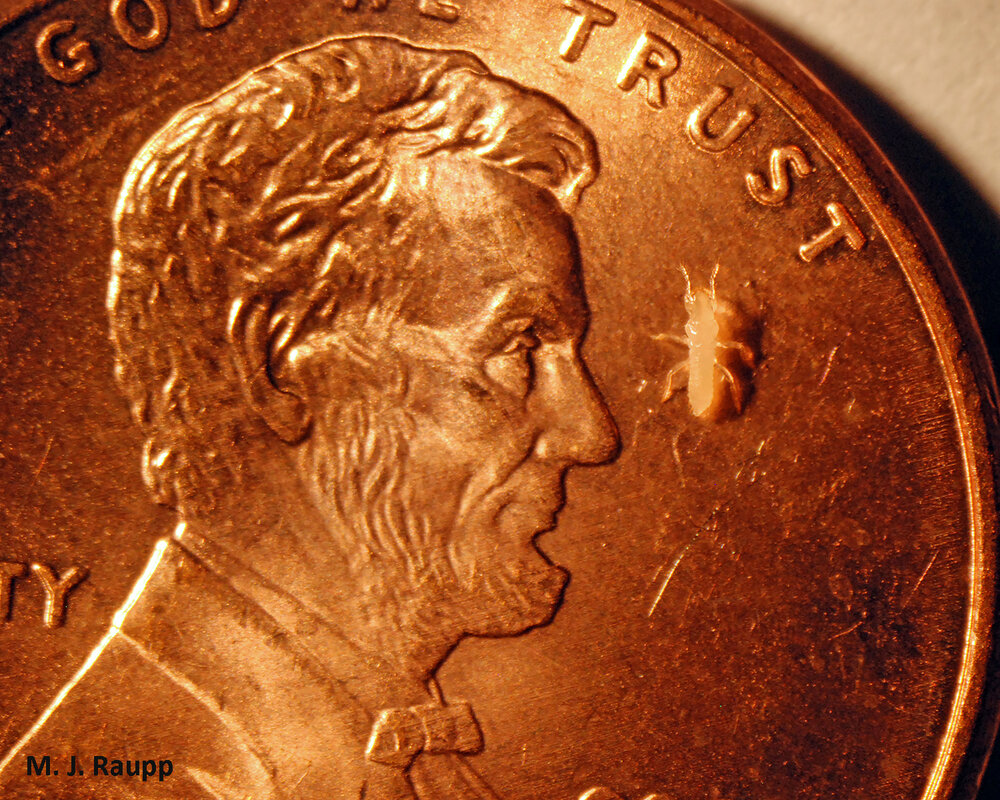
President Lincoln sees just how small cicada hatchlings really are.
Part of the explanation why I and most other people will not notice periodical cicadas as they hatch and fall to earth is the minute size of cicada nymphs. At only a couple millimeters in length they are very hard to spot. Their small body mass may allow breezes to carry them beyond the dripline of trees from which they hatched. Although siblings from a single egg nest hatch somewhat synchronously, each cicada takes a few minutes to escape from an egg, thus causing hatching to be dispersed in time. Remember too that egg laying was distributed over several weeks in May and June. This further spreads out the rainfall of hatchlings in time. As evidenced by the massive numbers of trees with flagging branches, whether or not you encounter a shower of cicadas falling from trees, rest assured that barring some unforeseen catastrophe Brood X will return in force in 2038 here in the DMV.
Acknowledgements
Bug of the Week thanks Paula Shrewsbury for contributing images and commentary for this week’s episode. We thank the writers of the Washington Post for providing inspiration for this episode and for their enthusiastic, continuing in-depth coverage of Brood X. Much of the background information for this episode and others was taken from “The ecology, behavior and evolution of periodical cicadas” by K. S. Williams and C. Simon, and references therein.
This post appeared first on Bug of the Week
